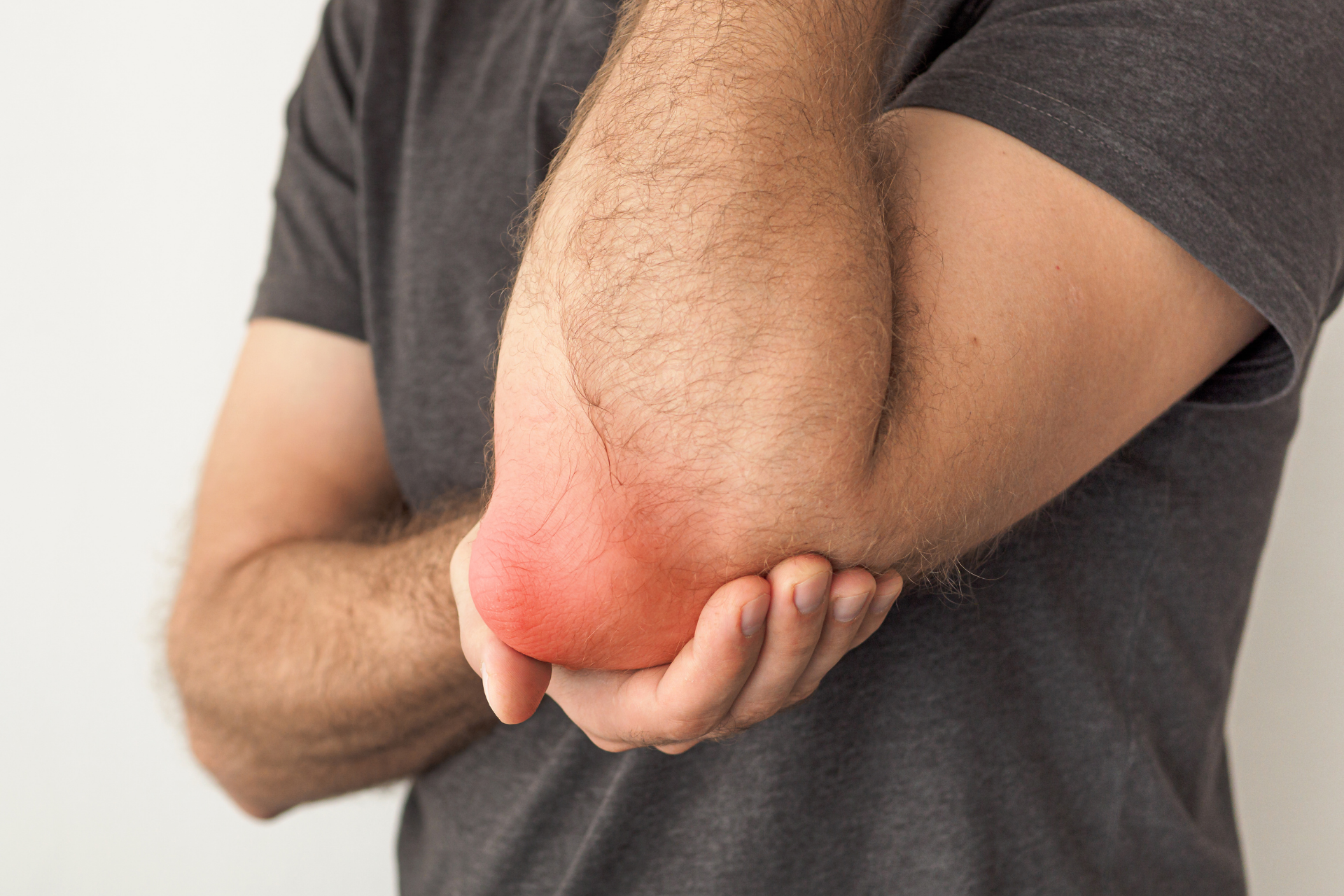Tennis elbow, or lateral epicondylitis, is a prevalent condition for people who engage in activities that require repetitive motion. Treatment for tennis elbow can sometimes stop at topical treatments and corticosteroid injections, but in cases where anti-inflammatory drugs aren’t working, doctors will often recommend some form of surgery. Surgery — even routine procedures — will always come with a level of risk because they require invasive techniques to treat all kinds of tennis elbow, including humeral epicondylitis.
However, if you’re looking for a treatment for tennis elbow in your dominant arm that doesn’t require these methods, you might want to think about shockwave therapy.
What is Shockwave Therapy?
Shockwave therapy is a treatment for lateral epicondylitis that has been shown to be effective in reducing pain and improving grip strength in clinical trials.1 The shockwave treatment itself utilizes sound waves to induce microscopic trauma in the tissue surrounding the bone and joint to induce healing in the tissue as the arm heals following the treatment. Patients have reported feeling an improvement in elbow pain and overall functionality.
What Evidence is There?
Shockwave therapy has been shown to be effective in randomized control trials. There are hundreds of empirical studies showing how efficacious focused shockwave therapy is. According to a systemic review of studies on treatments for tennis elbow, participants did experience significant improvements regarding their pain and the functionality of their bodies.2
In addition to studies directly testing whether shockwave therapy in the treatment group was effective, meta-analysis has shown that shockwave therapy provides an effective, non-invasive alternative to treating tennis elbow.
What Can I Expect From the Treatment?
Shockwave therapy as a treatment for tennis elbow is a fairly uniform procedure. After a consultation, you’ll be scheduled for your first session. Follow-ups are usually required, but you should start to experience relief after the first few appointments.
In more severe cases, it’s not unusual to come up with an extended treatment plan to help break up the adhesions that are typical for conditions such as tennis elbow.
What Side Effects Should I Anticipate?
As with any treatment, it’s perfectly reasonable to inquire about what potential side effects you might expect after receiving treatment. The good news is that with shockwave therapy, there are very few side effects to worry about.
In most cases, the worst you will likely experience involves mild pain and some bruising.
To find out more about how shockwave therapy can be an effective treatment for tennis elbow, call the office of Dr. Nadler today!

